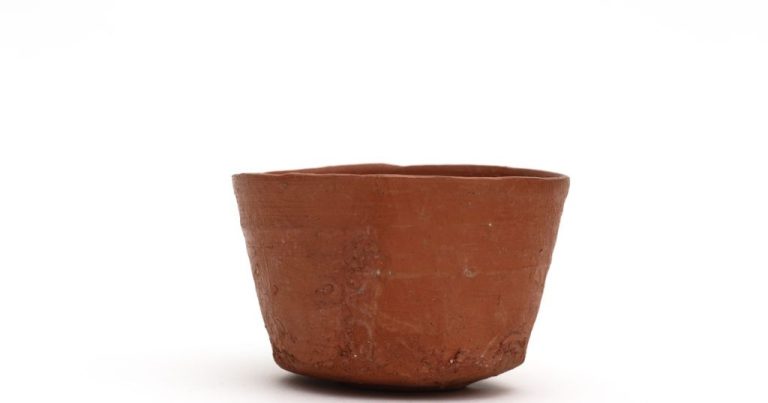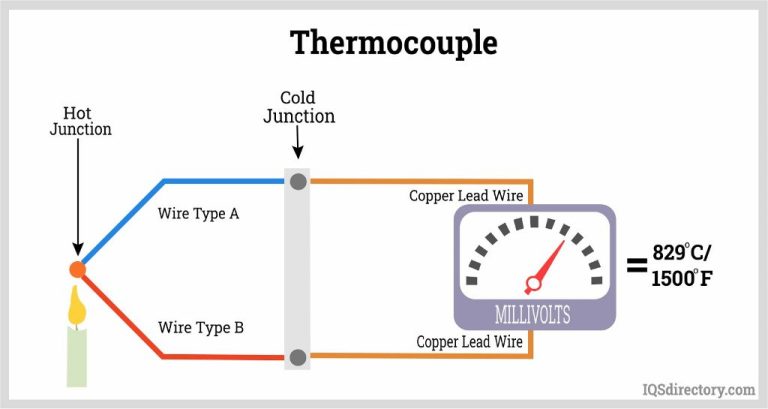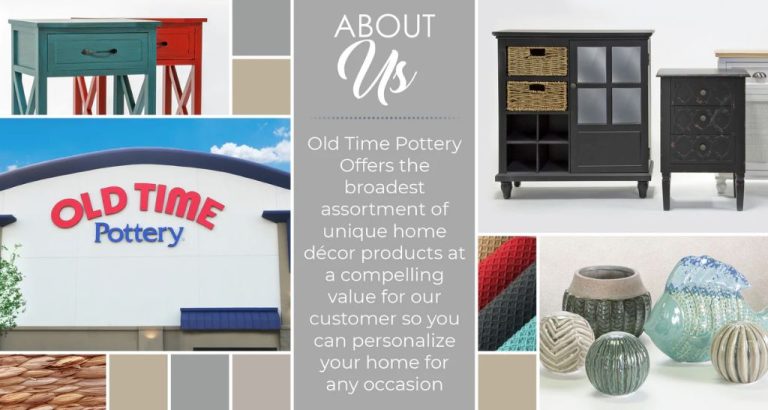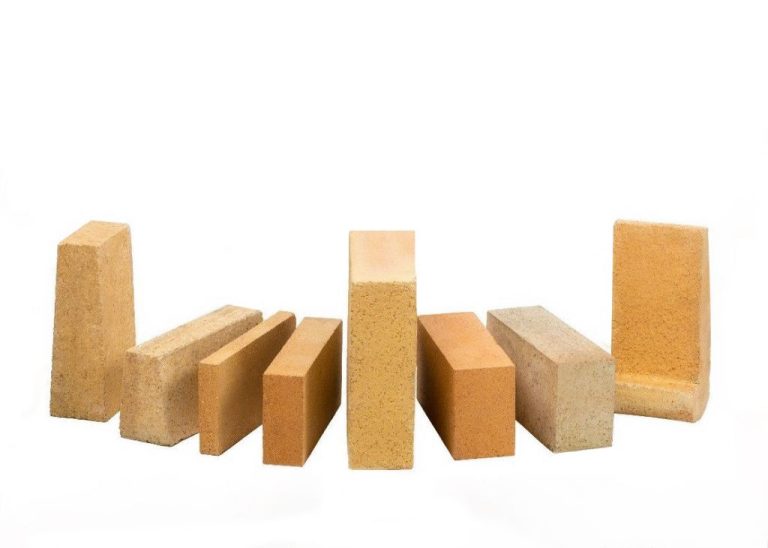How Do You Identify A Royal Haeger?
Royal Haeger is a noted name in American art pottery collectibles. Haeger Potteries in Dundee, Illinois began producing art pottery in the early 20th century. In 1934, artist and designer Royal Hickman joined Haeger Potteries and was the chief designer for the “Royal Haeger” line of art pottery pieces. Royal Haeger became known for its stylish and colorful vases, decorative objects, and utilitarian wares like ashtrays, trinket boxes, and lamp bases.
As with many collectibles, authenticating Royal Haeger pieces is important. Royal Haeger pottery can demand premium prices from collectors, especially rare and unusual glaze colors. Identifying hallmarks like maker’s marks, impressed numbers, type of clay, colors, and style of decoration helps determine if a piece is a genuine Royal Haeger.
Backstamps
Royal Haeger pieces have backstamps that can help identify and date the pieces. According to An intro to Haeger pottery, Royal Haeger pieces will bear a clear signature, always including the Haeger name and usually U.S.A. and a model number as well.
The backstamps evolved over time. Early pieces before 1908 had a simple “Haegar” imprint. From 1908-1924, the backstamp read “Haeger Pottery Co USA.” After David Haeger took over in 1924, backstamps changed to “Haeger Potteries Royal Haeger USA” and model numbers were introduced. The first Royal Haegar items were assigned RO1, with numbers ascending in order for new models. During the 1950s-60s, the backstamp was simplified to just “Royal Haeger.” According to Haeger Potteries – Guide to Value, Marks, History, many Haeger pieces can be identified by the molded model numbers.
So in summary, reading the backstamp style and model number can help date Royal Haeger pieces and identify the model. The evolution of the backstamp wording over decades helps narrow down the year range.
Glazes
Royal Haeger pottery is known for its wide range of distinctive glazes that help identify pieces as authentic Royal Haeger. Some of the most popular glaze types include:
Multi-Color Glazes: These glazes feature multiple colors blended together in artistic ways. Some examples are Rosette Pink that combines pink, yellow, and brown hues; Tortoise that mixes brown and green; and Rainbow that features bright colors like red, yellow, blue, and purple.
Crystal Glazes: These high-gloss glazes often feature small cracks throughout. They have a smooth, glass-like finish. Some crystal glazes made by Royal Haeger include Crystal Green, Crystal Amber, and Peach Crystal.
Matte Glazes: As the name suggests, these glazes have a muted, matte look. They lack the shine of glossy glazes. Some matte options are Blue Matte, Green Matte, and Gray Matte.
Iridescent Glazes: These glazes shine and shimmer with an iridescent, rainbow effect. Examples include Iris Pink, Iris Blue, and Rainbow Iris. When held under light, they appear to change color.
In addition to appearance, Royal Haeger glazes often have a smooth, creamy texture. They are usually thickly applied to create depth and dimension. By examining the look and feel of a glaze, collectors can identify pieces as authentic Royal Haeger. However, it takes knowledge and experience to accurately identify the many glaze types.
Sources:
[Just Art Pottery – Royal Haeger collection](https://justartpottery.com/collections/haeger-pottery/under-99)
Colors
Royal Haeger pottery is known for its vibrant glazes and rich color palettes. Some of the most iconic Royal Haeger colors include Lilac, Wisteria, Chartreuse Green, and Robin’s Egg Blue.
The color palette helps date Royal Haeger pieces. Earlier pieces from the 1920s-1930s featured more muted earth tones like beige, brown, sage green and blue. The color palette expanded in the 1940s-1950s to include bright pastel colors like pink, yellow, aqua, and lavender. Bold jewel tones like ruby red and sapphire blue came into vogue in the 1960s and 1970s.
Royal Haeger was an innovator in matte glazes, developing signature colors like Chartreuse Green and Wisteria Purple in the 1950s. Robin’s Egg Blue first appeared in 1961. These iconic matte glazes can help authenticate Royal Haeger pieces.

Consulting a Royal Haeger color timeline can help date a piece based on the glaze colors.
Shapes
Royal Haeger is known for its distinctive animal figurines, vases, and lamps in a variety of shapes. Some of the most recognizable Royal Haeger shapes include long, elegant Grecian vases with handles in the early years from the 1920s-1930s (Source). Royal Haeger also produced rounded, bulbous shapes during the 1940s-1950s and angular, geometric forms in the 1960s-1970s. Over time, the shapes evolved from classical to modern to align with changing trends.
Popular Royal Haeger shapes include the famous swan and peacock figurines, long cylindrical candlesticks, rounded lamps, angular cubes and rectangles, Grecian urns, bowls, and more. The shapes also frequently incorporate small sculptural details like applied flowers, leaves, or geometric patterns. Learning to identify the distinctive Royal Haeger shapes that evolved through the decades is key for collectors looking to spot authentic pieces at antique malls or auctions.
Decoration
Royal Haeger is known for its decorative techniques that evolved through different eras. Some of the most common decorative styles include:
1920s-1930s: Art Deco geometric designs, color blocking, glossy glazes
1940s-1950s: Mid-century modern abstract shapes, lattice work, drip glazes
1960s-1970s: Psychedelic colors, lava glazes, crazing effects
To identify authentic Royal Haeger pieces, look for clean precise lines, smooth glaze application, and high quality hand-painted or airbrushed designs. Fakes may have sloppy or uneven decorations. Royal Haeger markings should also align with the period of the decorative style.
Some of the most valuable and collectible Royal Haeger pieces feature ornate Art Deco motifs or glossy two-tone glazes from the 1920s-30s. More abstract mid-century dripware designs are also popular among collectors.
Maker’s Marks
Identifying the maker’s mark is one of the best ways to authenticate Royal Haeger pieces. The marks can help date the item and verify it was produced by the Royal Haeger company. Marks are typically located on the bottom or back of a piece.
Over the history of the company, Royal Haeger used various maker’s marks. Early pieces (before 1900) may have “Haeger” impressed or incised without a first name. Pieces from around 1900-1920 often have a paper label with “Royal Haeger” or “RH.” Mid-century pieces generally have the impressed initials “R.H.P.,” “R.H.U.S.A.,” or a square paper label with “Royal Haeger U.S.A.” Pieces from the 1960s onward usually have a round foil sticker with “Royal Haeger U.S.A.”
Knowing the typical marks from each era can help date and authenticate a Royal Haeger piece. Examining the bottom or back of a piece to locate any stamped initials, paper labels, or foil stickers is a key first step in identifying it as a genuine Royal Haeger. For examples of marks, see the Reddit thread “Dating Haeger pottery marks” (https://www.reddit.com/r/vintage/comments/zp8igx/dating_haeger_pottery_marks_looking_for_a/).
Quality
Royal Haeger pottery is known for its high quality construction and durability. According to Haeger Pottery Collection, the solid feel is one indication of a quality Haeger piece. When inspecting a potential Royal Haeger item, look for:
- Clean, smooth glaze with no bumps, cracks, or crazing
- Sturdy, even walls without air pockets or flaws
- Pieces that are structurally sound and do not rattle or feel hollow
- Decorations and finishes that are crisp and well-executed
High firing temperatures result in a dense, heavy pottery that withstands daily use. Scrutinize pieces carefully to ensure excellent craftsmanship before determining authenticity.
Rarity
Some Royal Haeger pieces are more common and widely available while others are quite rare and highly coveted by collectors. According to https://justartpottery.com/collections/haeger-pottery, Royal Haeger produced thousands of different glazes, shapes, and decorations over the company’s 100+ year history. This means there is a wide range in rarity.
Common Royal Haeger productions include vases, bowls, and artware in standard glazes like glossy black, copper red, turquoise, and brown. Special limited editions or custom/one-of-a-kind commissioned pieces tend to be the rarest and most valuable Royal Haeger creations. For example, https://www.etsy.com/market/rare_haeger_pottery showcases rare Royal Haeger pieces like a pale blue console set and footed bulbous vase.
In general, older Royal Haeger pieces from the 1920s-1950s, items with special decorations, and unusual shapes/glazes are more likely to be rare finds for collectors.
Authentication
Final tips for authenticating Royal Haeger pottery include:
– Examine the underside for clear markings like “HAEGER USA” or “ROYAL HAEGER” along with a serial number (according to The Cause A Frockus). Many authentic pieces will have labels like these.
– Look at the glaze, colors, shapes, and decoration and compare to authenticated examples (according to 1stdibs). Royal Haeger had distinctive styles, glazes, and decorative techniques.
– Research the suspected pattern or shape online to find authenticated examples for comparison.
– Consider bringing in an expert appraiser for very valuable or rare pieces where authentication is critical.
It can be difficult at times to conclusively authenticate Royal Haeger pottery on your own without specific expertise. If you have a valuable, very old, or unusual piece and need to ensure it is genuine, consulting an experienced Royal Haeger dealer or appraiser is recommended.





